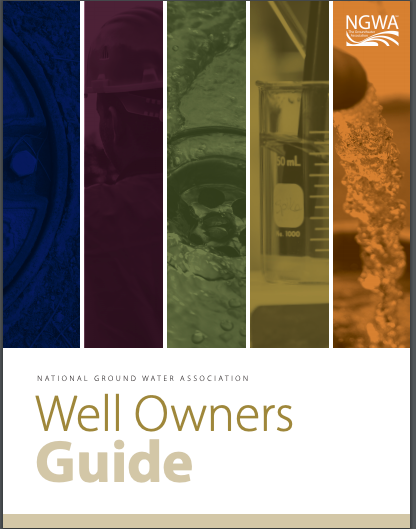There are various well drilling methods that can be used, and the best option for your specific situation will depend on the ground conditions and other factors. Here is an overview of the most common well drilling methods.
The air rotary and down-the-hole hammer drilling systems are similar in design and function with the main difference being the ladder system, having the additional cutting action of the air-driven hammer.
The bucket auger is used primarily on unconsolidated material, for constructing large-diameter boreholes ranging from 24 inches to 48 inches.
The percussion method of drilling, cable tool, churn drills, sputter, or pounders as it’s sometimes referred to, is one of the oldest cutting actions utilized in the drilling industry.
The differences between the air rotary system and this drilling system are primarily the cutting action and the resulting cuttings. The down-the-hole hammer uses the rotary percussion cutting action through the use of a button bit.
The reverse circulation drilling system is quite unlike any of the other systems profiled in that it is a very large rig requiring a big footprint for both the rig itself, as well as the machine dug settling pit.
The mud rotary well drilling method is considered a closed-loop system. That is, the mud is cleaned of its cuttings and then is recirculated back down the borehole.
Free Well Owners Guide
The NGWA Well Owners Guide is a comprehensive manual where you’ll find valuable information on proper well construction, routine well maintenance, water testing, and much more.



